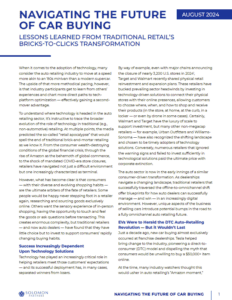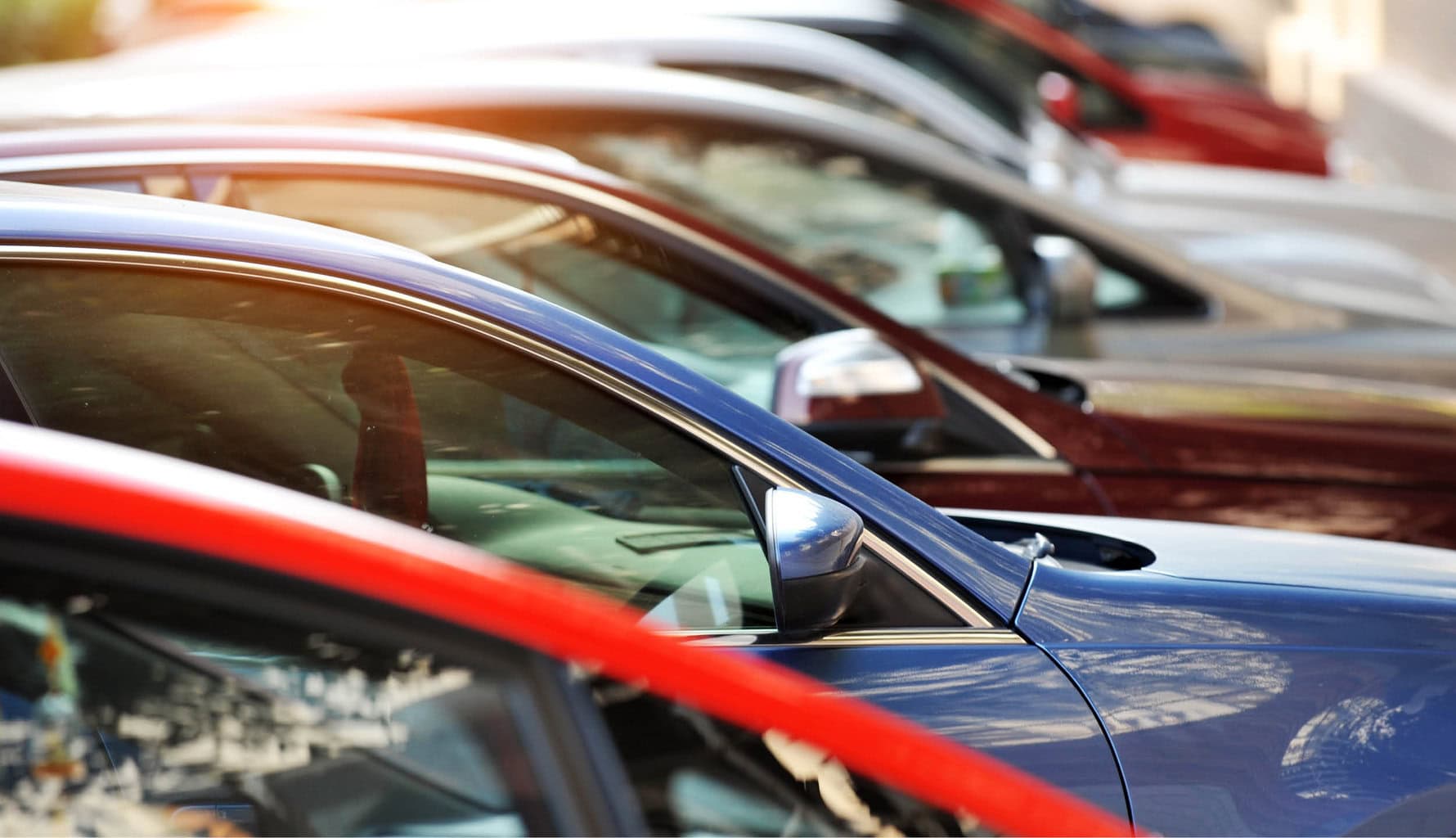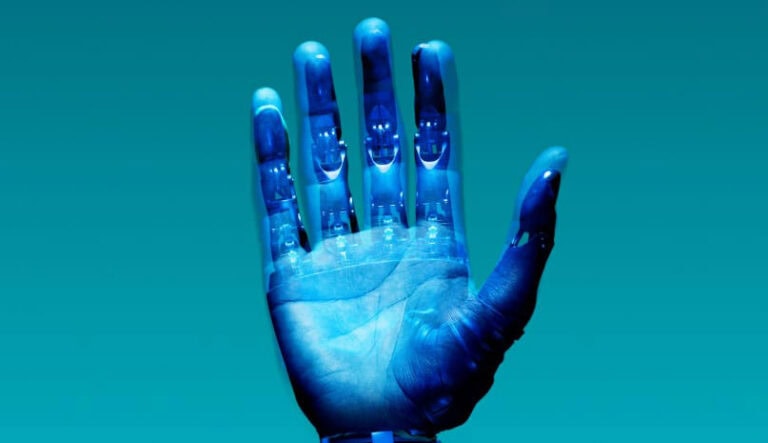Navigating the Future of Car Buying: Lessons Learned From Traditional Retail’s Bricks-to-Clicks Transformation
 When it comes to the adoption of technology, many consider the auto retailing industry to move at a speed more akin to an ‘80s minivan than a modern supercar. The upside of that more methodical pacing, however, is that industry participants get to learn from others’ experiences and chart more direct paths to tech-platform optimization — effectively gaining a second-mover advantage.
When it comes to the adoption of technology, many consider the auto retailing industry to move at a speed more akin to an ‘80s minivan than a modern supercar. The upside of that more methodical pacing, however, is that industry participants get to learn from others’ experiences and chart more direct paths to tech-platform optimization — effectively gaining a second-mover advantage.
To understand where technology is headed in the auto retailing sector, it’s instructive to trace the broader evolution of the role of technology in traditional (e.g., non-automotive) retailing. At multiple points, the media predicted the so-called “retail apocalypse” that would spell the end of traditional brick-and-mortar retailing as we know it. From the consumer wealth-destroying conditions of the global financial crisis, through the rise of Amazon as the behemoth of global commerce, to the shock of mandated COVID-era store closures, retailers have navigated not just a difficult environment but one increasingly characterized as terminal.
However, what has become clear is that consumers — with their diverse and evolving shopping habits — are the ultimate arbiters of the fate of retailers. Some people would be happy never stepping foot in a retailer again, researching and sourcing goods exclusively online. Others want the sensory experience of in-person shopping, having the opportunity to touch and feel the goods or ask questions before transacting. This creates enormous complexity, but traditional retailers — and now auto dealers — have found that they have little choice but to invest to support consumers’ rapidly changing buying habits.
Success Increasingly Dependent Upon Technology Solutions
Technology has played an increasingly critical role in helping retailers meet those customers’ expectations — and its successful deployment has, in many cases, separated winners from losers.
By way of example, even with major chains announcing the closure of nearly 3,200 U.S. stores in 2024, Target and Walmart recently shared physical retail reinvestment and expansion plans. These retailers have bucked prevailing sector headwinds by investing in technology-driven solutions to connect their physical stores with their online presences, allowing customers to choose where, when, and how to shop and receive their products (in the store, at home, at the curb, in a locker — or even by drone in some cases). Certainly, Walmart and Target have the luxury of scale to support investment, but many other non-megacap retailers — for example, Urban Outfitters and Williams-Sonoma — have also recognized the shifting landscape and chosen to be timely adopters of technology solutions. Conversely, numerous retailers that ignored the warning signs and failed to invest sufficiently in technological solutions paid the ultimate price with corporate extinction.
The auto sector is now in the early innings of a similar consumer-driven transformation. As dealerships navigate a changing landscape, traditional retailers that successfully traversed the offline-to-omnichannel shift offer blueprints for how auto dealers can successfully manage — and win — in an increasingly digital environment. However, unique aspects of the business of selling cars introduce potential bumps in the road to a fully omnichannel auto retailing future.
EVs Were to Herald the DTC Auto–Retailing Revolution — But it Wouldn’t Last
Just a decade ago, new car buying almost exclusively occurred at franchise dealerships. Tesla helped bring change to the industry, pioneering a direct-to-consumer (DTC) model and dispelling the myth that consumers would be unwilling to buy a $50,000+ item online. At the time, many industry watchers thought this would usher in auto retailing’s “Amazon moment,” whereby car shoppers would rapidly move en masse to purely digital shopping. Used car retailing specialists
sought to capitalize on this anticipated shift, as Carvana, Vroom, Shift, and others rapidly scaled. Pandemic-related inventory shortages poured jet fuel on this channel-shift fire as vehicles were being sold before they could even get to the dealer’s lot.
However, as the supply-and-demand balance began to normalize, consumer behaviors evolved yet again. Yes, some consumers would continue to embrace full end-to-end online car buying, but many others welcomed the opportunity to (literally) kick the tires at their local dealer, embracing an assisted sale guided by a trained sales associate.
In fact, according to Cox Automotive’s 2024 annual Car Buyer Journey Study, a sizeable portion of auto shoppers continue to favor the in-person model, with 50% of 2023 buyers completing all steps in person. However, the hybrid consumer is not far behind — last year, 43% of car buyers employed a mix of online and in-person steps to complete their purchase, with just 7% using only digital tools. When asked how they’d likely complete their next purchase, 71% of consumers said they would prefer an omnichannel approach.
Additionally, EV buyers — who are on average younger (41 years old versus 52 for all new car buyers) — are more likely to take advantage of online tools, with 69% already buying through an omnichannel process, and 16% purchasing entirely digitally. Interestingly, EV buyers — who on average completed their purchases faster than what is typical in the broader car-buying market — report the highest levels of shopping satisfaction, indicating a preference for a streamlined experience.
As in the broader retail industry, where younger, internet-savvy consumers catalyzed the rise of e-commerce, fully online and hybrid online car-buying will increase as younger consumers age into the car-buying market and bring their expectations of flexible commerce with them. With consumers under the age of 25 expected to account for 22% of new vehicle sales this year, the pressure to have the right sales tools is real.
However, the multi-step complexity associated with car buying suggests that a complete transition online — at least any time soon — is an unlikely outcome. The franchise dealership serves difficult-to-digitize functions like test drives, trade-ins, and warranty maintenance. These critical elements even prompted one DTC EV brand to reverse course and seek franchise dealer partners to help establish its brand presence and bolster buyer confidence in aftersales service and support — a notorious weak spot of startup EV manufacturers. Once again, traditional retail has proven predictive; other difficult-to-digitize products and services, like making and selling prescription glasses, led previously online-only Warby Parker to open north of 200 stores in the U.S. to support the complex buying journey.
Technology to Boost Buyer Confidence — and Sales Conversion
So, how can dealers adapt to the unique and evolving needs of the auto shopper? At the highest level, they need to provide digital solutions for customers who want the option to accomplish a task online, and they need to exploit their wealth of data to put the right cars and right payment plans in front of the right customers.
From a purchasing-journey perspective, consumers are pushing the envelope by increasingly looking to complete certain steps online (see Exhibit A for these functions in the PDF), which include websites to expose inventory online, finance and insurance (F&I) support tools, and documentation efficiency enhancements. These functions are now dealers’ table stakes, and there are a wealth of established technology providers already attacking these areas, offering increasingly sophisticated feature sets.

Similarly, data exploitation tools are growing more sophisticated and can drive conversion and support dealer profitability. Examples include:
- Predictive analytics tools to forecast market trends and guide dealerships in sourcing the right inventory…
- … supplemented by pricing tools that guide dealers’ markdown decisions to drive inventory turns and maximize gross margins
- Desking-related tools to help determine what a given driver can afford, and match it with the ideal vehicle that meets the driver’s wants and needs
- CRM systems to personalize and track customer interactions — and activate actionable new sales opportunities
Now with generative AI tools, dealerships can provide an even richer customer experience that personalizes car buying while removing common pain points around purchasing, researching, and financing a new vehicle — areas consumers typically cite as leading causes of frustration and distrust and that threaten sales conversion. However, we are still in the earliest phases of how AI may further transform the ways dealers optimize their front and back-end business functions, and most dealers are just dipping their toes in at this point, waiting to see where the biggest bang-for-their-buck capabilities ultimately lie.
There’s No Replacement for First-Hand Experience — But Evolution Is Inevitable
People will always want to experience the world around them — to feel the fabric in a new shirt or see how a pair of eyeglasses frames the face. Similarly, technology will (likely) never provide a perfect substitute for visiting a showroom or test-driving a car, nor will it replace the confidence gained from knowing there’s a nearby service center should a problem arise. Yet, these in-person experiences will undoubtedly continue to evolve, with software and data tools playing key roles in that evolution.
The most successful traditional retailers have created a highly flexible convergence between their physical and virtual presences, allowing them to serve their customers how they want. Similarly, by thoughtfully deploying software and data tools to put their customers in the virtual driver’s seat, auto dealerships will be able to carve out durable and profitable competitive advantages in an increasingly dynamic marketplace.
Read the Article


